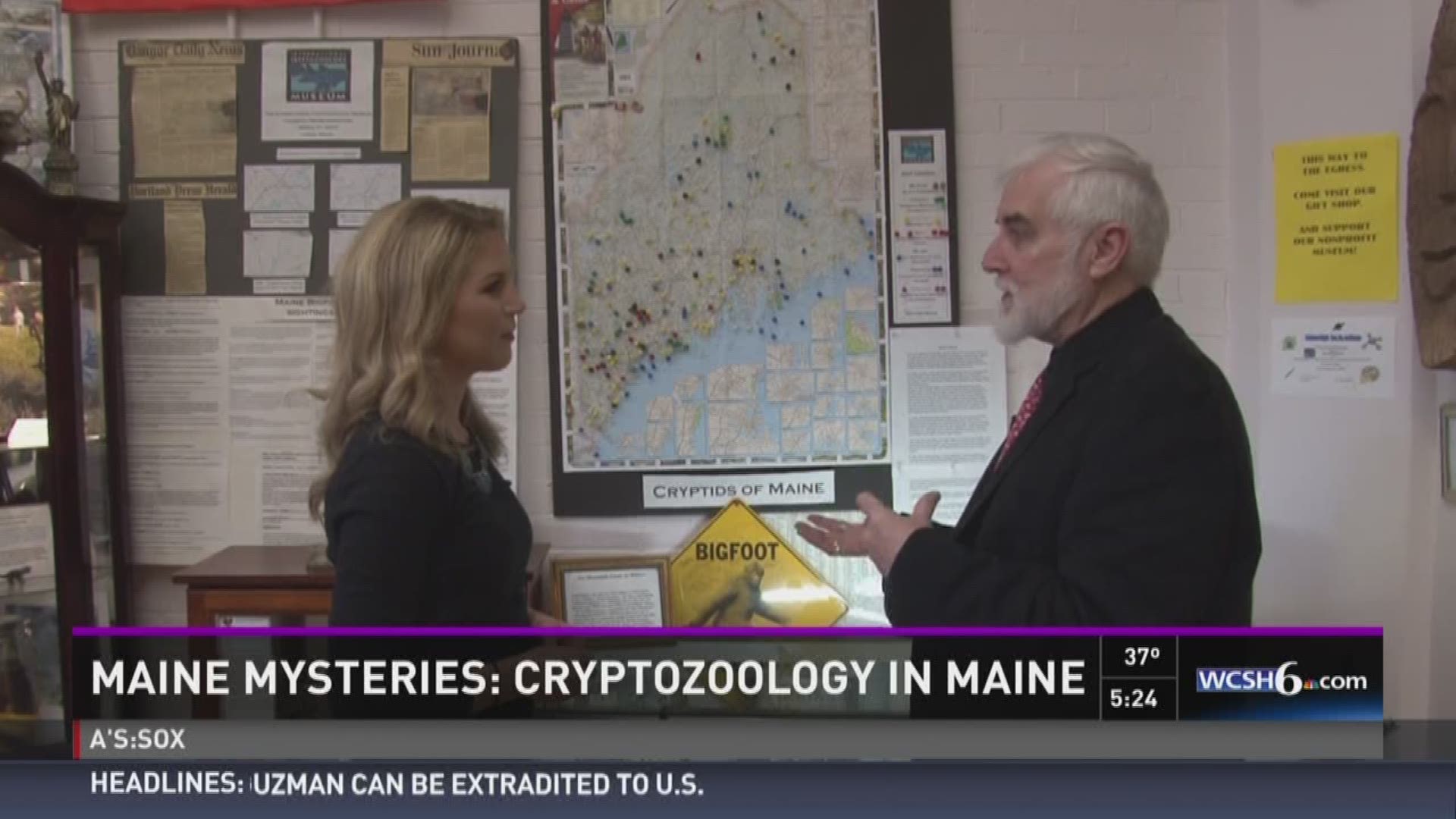PORTLAND, Maine (NEWS CENTER)-- There's a science that is dedicated to finding out if that strange and unfamiliar animal you saw was really what you think it is. It's called cryptozoology, the study of hidden or unknown animals. The only museum in the world dedicated to highlighting this science is the International Cryptozoology Museum in Porland, ME.
Loren Coleman seeks the difference between fantasy, and "possibly." A seasoned cryptozoologist and director of the International Cryptozoology Museum, it's Coleman's job to uncover the fact and fiction of the animal kingdom's biggest mysteries.
"We are definitely skeptics, we are open-minded skeptics," Coleman said.
Coleman is often asked to identify pictures and evidence suspected to be that of a new species, and more often than not, there is usually a common explanation.
"'We've got this picture of a Chupacabra!' And I would look at it, and it would be a dog with mange or a coyote with mange," he said.
Colman says points out that many of the animals we know of today were at one time considered mythicals or long extinct.
"The kraken, which is the giant squid, the giant panda. The coelacanth had not been seen for 65 million years. The mountain gorilla that was being persued was the Bigfoot of its time."
The word Coleman uses to describe the unknown animal being searched for is "cryptid." However, that doesn't always mean Bigfoot, a Yeti, or even the New Jersey Devil- it could mean the report of an animal that is more common, but out of place.
Inside the museum is a map of Maine with multicolored pushpins stuck into various places. This is how Coleman documents reported sightings of different cryptids in the state, from Sasquatch to sea serpents. But he says most of the time, he hears reports of mountain lions.
"All of the yellow ones, which is the most frequently seen creature, are yellow cats," Coleman explained about the abundance of yellow pushpins in the map.
The Maine Department of Inland Fisheries and Wildlife often receives reports of unconfirmed sightings of mountain lions, but officials say the cats have been extinct in New England for decades. Coleman says, that's an example of when cryptozoology starts asking questions.
He says less than one percent of cryptid sightings can be explained by hoaxes, and 80% by misidentifications- leaving nearly 20% unexplained.
"That's a large unexplainable database. And we have to keep investigating those," said Coleman. "It's part of humans to keep searching until we find."

